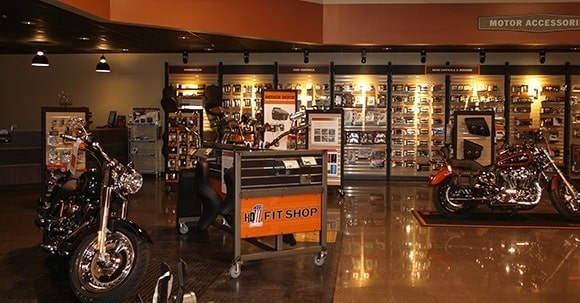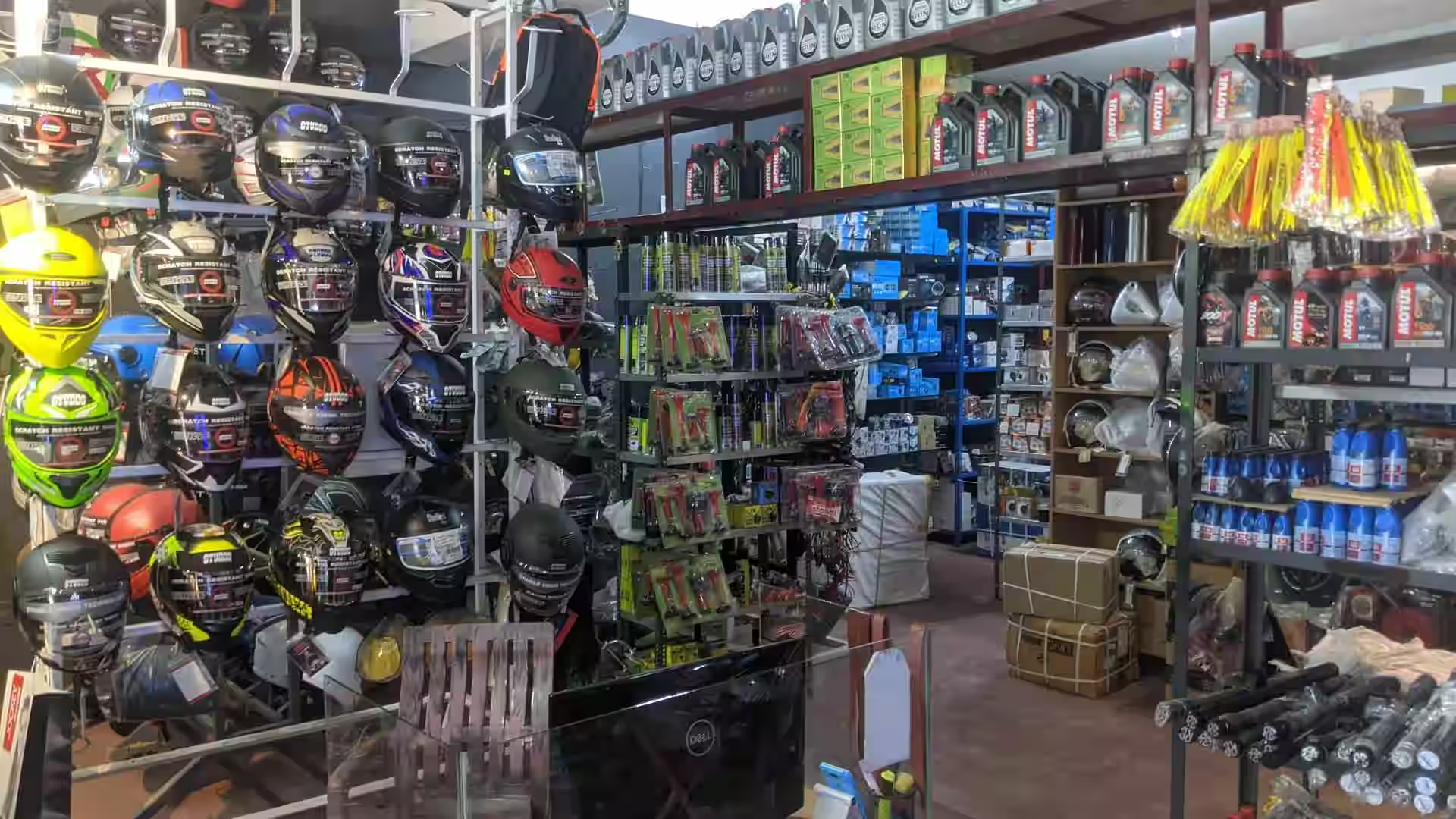Must-Have Motocross Gear: Boost Your Riding Experience Today
Must-Have Motocross Gear: Boost Your Riding Experience Today
Blog Article
Recognizing the Crucial Parts of a Bike: A Comprehensive Overview for Lovers
For motorcycle enthusiasts looking to boost their riding experience and ensure their bikes run efficiently, understanding the crucial parts of a motorbike is paramount. Each element, from the engine's complex operations to the vital duty of the braking devices, not only influences performance however additionally safety and comfort.
Engine Elements

The camshaft plays a vital function in managing the timing of the engine's shutoffs, making sure the precise opening and closing needed for effective gas and air intake, in addition to exhaust expulsion. This timing is important to keeping optimum engine performance and performance. Furthermore, the carburetor or fuel shot system, relying on the motorbike version, is accountable for mixing air with gas in the right ratio for combustion.
The cooling system, either air or liquid-based, functions to preserve the engine's temperature level within operational limitations, stopping getting too hot and ensuring long life - mx parts nz. Each component, carefully developed and integrated, adds to the seamless procedure of the engine, specifying the motorcycle's power output and overall performance
Transmission System
Integral to the motorbike's functionality, the transmission system ensures reliable power transfer from the engine to the wheels. This system comprises a number of important parts, including the clutch, gearbox, and final drive, each playing a vital role in converting the engine's power right into motion. The clutch, normally run by a hand lever, serves to engage and disengage the engine from the transmission, permitting smooth equipment adjustments and regulated velocity.
The transmission, typically referred to as the transmission proper, includes a set of equipments that bikers can manually shift through to change the bike's rate and torque outcome. These gears are arranged in a series that makes it possible for the motorcycle to increase smoothly and maintain optimum engine efficiency throughout different speeds. Most bikes utilize a sequential transmission, needing the rider to shift gears in a predetermined order.
Braking Devices
While comprehending the transmission system is key to utilizing a motorcycle's power, just as crucial is the ability to regulate and quit that power effectively, which is where braking mechanisms enter play. Brakes are critical for safety and performance, giving the rider with the necessary control to browse different terrains and conditions. Usually, bikes feature two kinds of stopping systems: disc brakes and drum brakes.
Disc brakes are a lot more widespread in modern motorbikes because of their superior performance. They contain a brake disc, caliper, and pads. When triggered, the caliper presses the brake pads versus the motox parts nz spinning disc, converting kinetic energy right into heat, therefore slowing down the wheel. This system supplies much better heat dissipation, regular performance, and enhanced quiting power, specifically in damp problems.
On the other hand, drum brakes, though much less usual, are still found in some motorcycles. They function by pushing brake footwear versus the inner surface of a drum connected to the wheel. While generally less effective in warm dissipation and stopping power, drum brakes are simpler and more cost-efficient.
Comprehending these stopping systems' nuances allows cyclists to keep their bikes appropriately and appreciate the design that ensures safe and reliable quiting.
Suspension and Guiding
Suspension and guiding systems are essential elements that considerably influence a bike's handling and ride convenience. The shock absorber, including forks at the front and shock absorbers at the back, soaks up roadway abnormalities, improving security and control. Front forks, normally telescopic or inverted, compress and rebound to alleviate effects, while rear shock absorbers maintain tire call with the road, essential for traction and safety.
Guiding, focused around the handlebars, links the cyclist to the bike's directional control. The guiding head bearings make sure smooth operation, allowing precise maneuverability. Correct placement and maintenance of these bearings are essential for predictable steering feedback and minimizing biker fatigue.
The suspension's adjustability is an additional essential element; preload, damping, and rebound settings enable personalization to fit various riding designs and conditions. This versatility is vital for optimizing efficiency, whether navigating city roads or tackling sturdy trails. Technologies like digital suspension systems supply real-time modifications, enhancing experience high quality across varied terrains.

Electrical Solutions
After ensuring a smooth and controlled trip via effective suspension and guiding systems, attention transforms to the electrical systems, an essential aspect of contemporary bikes. These systems play an essential role not only in starting the engine yet also in powering different parts that boost the capability and safety of the motorbike.
At the heart of a bike's electrical system is the battery, which stores electric energy needed for beginning the engine and powering supporting systems - mx parts nz. The alternator or generator, combined with the rectifier-regulator, ensures the battery remains charged while the motorbike functions, transforming power right into electric power and keeping voltage levels
The ignition system, one more critical part, is accountable for sparking the air-fuel blend in the engine's cyndrical tubes. Modern bikes often make use of an electronic ignition system, providing greater effectiveness and dependability compared to typical systems.
Lighting systems, including headlights, tail lights, and indications, are additionally important, making certain presence and safety and security for the cyclist. Added digital components such as sensing units, control devices, and presents add to advanced attributes like gas injection monitoring, anti-lock stopping systems (ABDOMINAL), and electronic dashboards, even more enhancing the riding experience.
Conclusion
A comprehensive understanding of a bike's crucial parts, including the engine, transmission system, braking devices, suspension, steering, and electric systems, is crucial for fanatics intending to enhance performance, safety, and convenience. Mastery of these components permits educated decisions pertaining to maintenance and upgrades, inevitably boosting the riding experience. By incorporating this expertise, bikers can guarantee their motorcycles operate at peak effectiveness and integrity, thus optimizing both enjoyment and durability of their lorries.
For motorbike fanatics looking to elevate their riding experience and ensure their bikes run efficiently, recognizing the vital parts of a motorcycle is vital.Indispensable to the motorcycle's capability, the transmission system guarantees effective power transfer from the engine to the wheels.While recognizing the transmission system is key to utilizing a motorbike's power, just as essential is the capability to regulate and quit that power properly, which is where braking devices come into play. Typically, motorbikes feature 2 kinds of stopping systems: disc brakes and drum brakes.
A thorough comprehension of a motorcycle's important parts, consisting of the engine, transmission system, stopping mechanisms, suspension, guiding, and electrical systems, is essential for enthusiasts intending to optimize safety, performance, and comfort.
Report this page